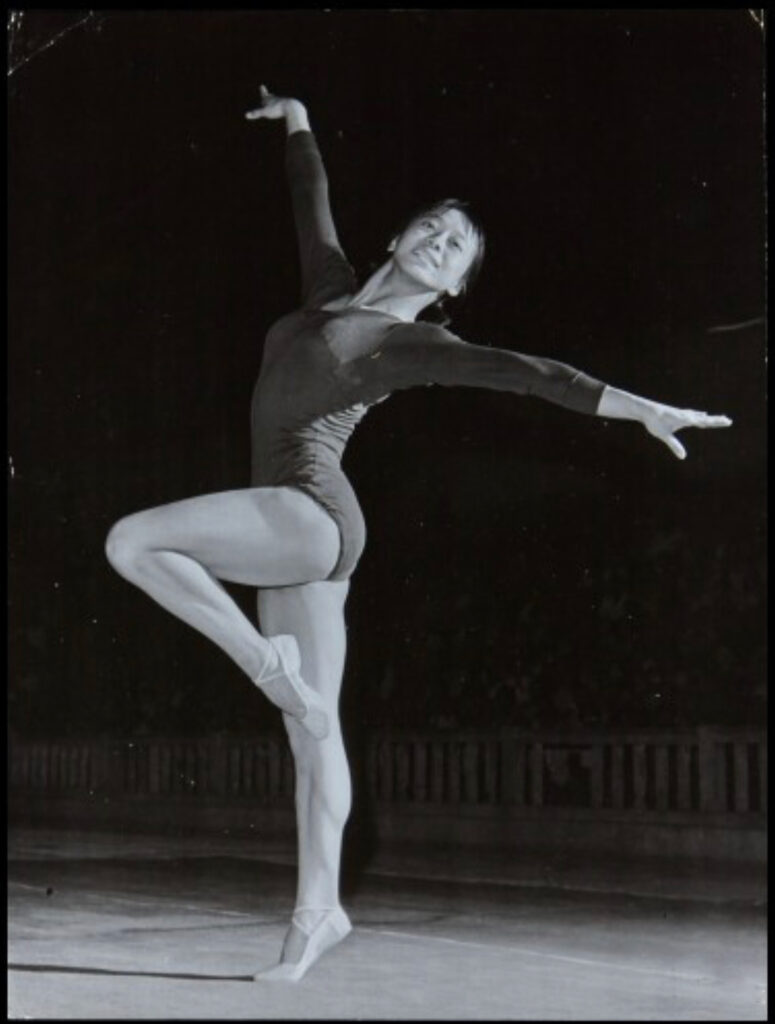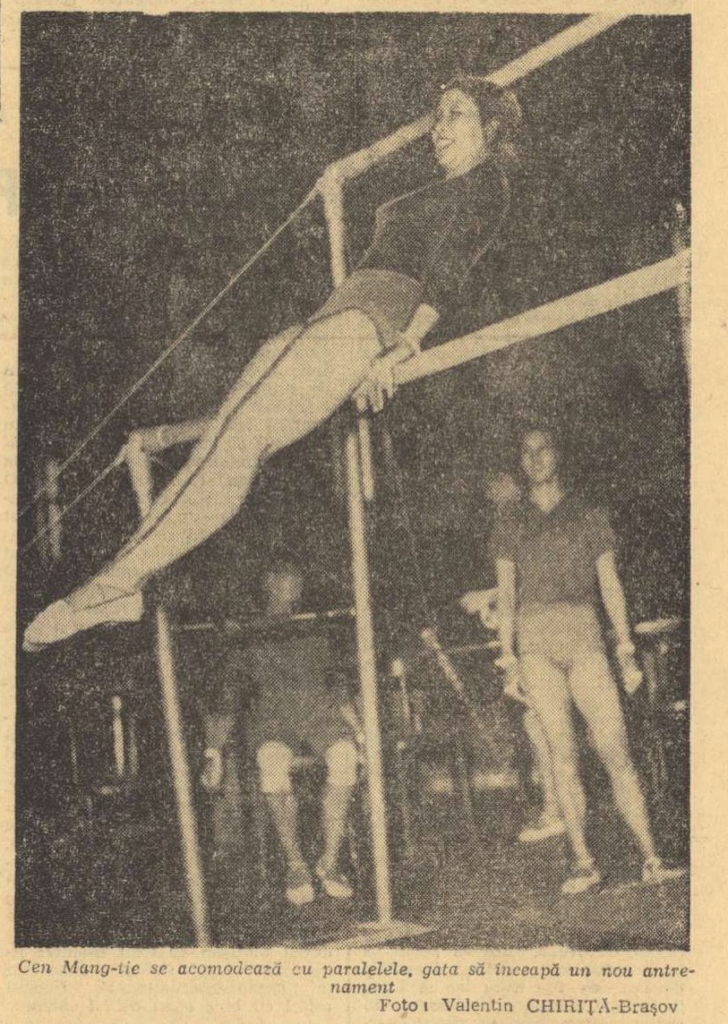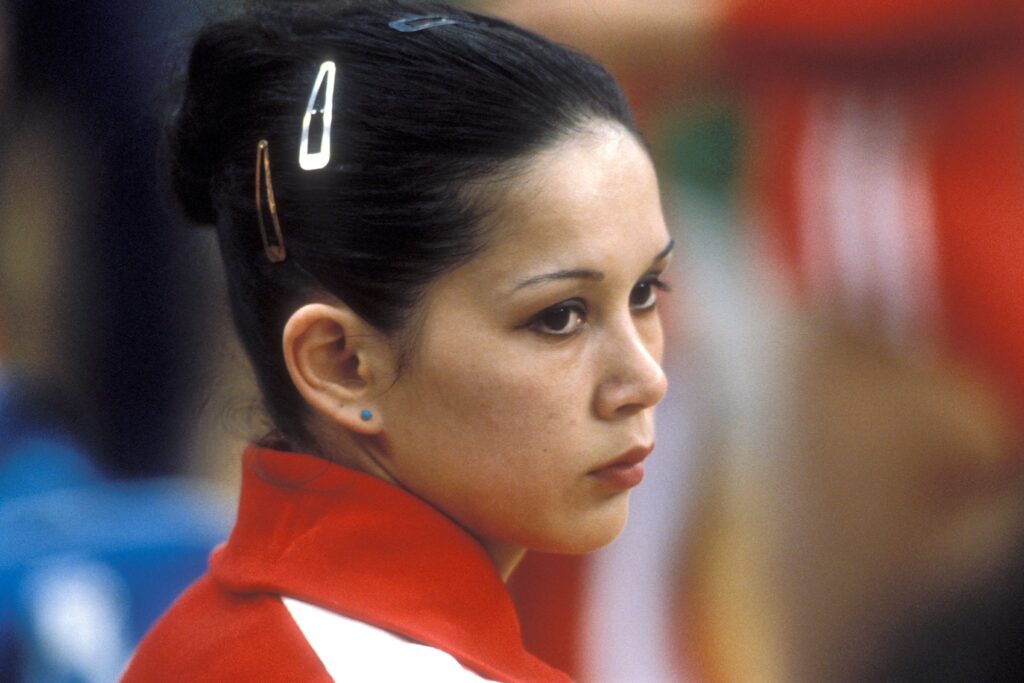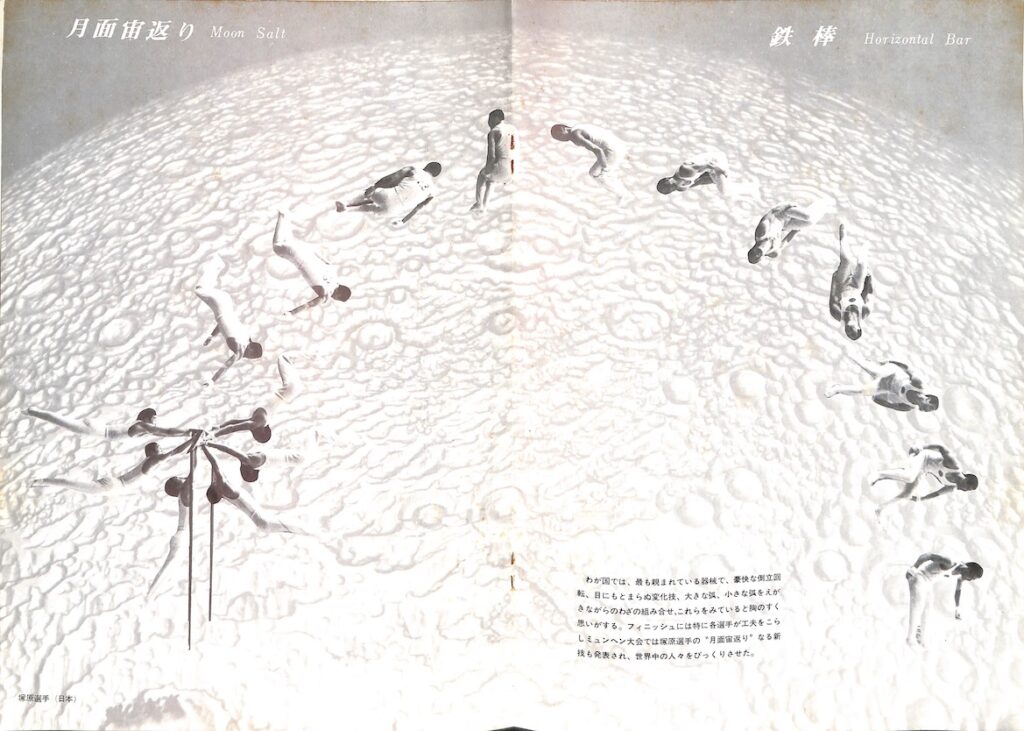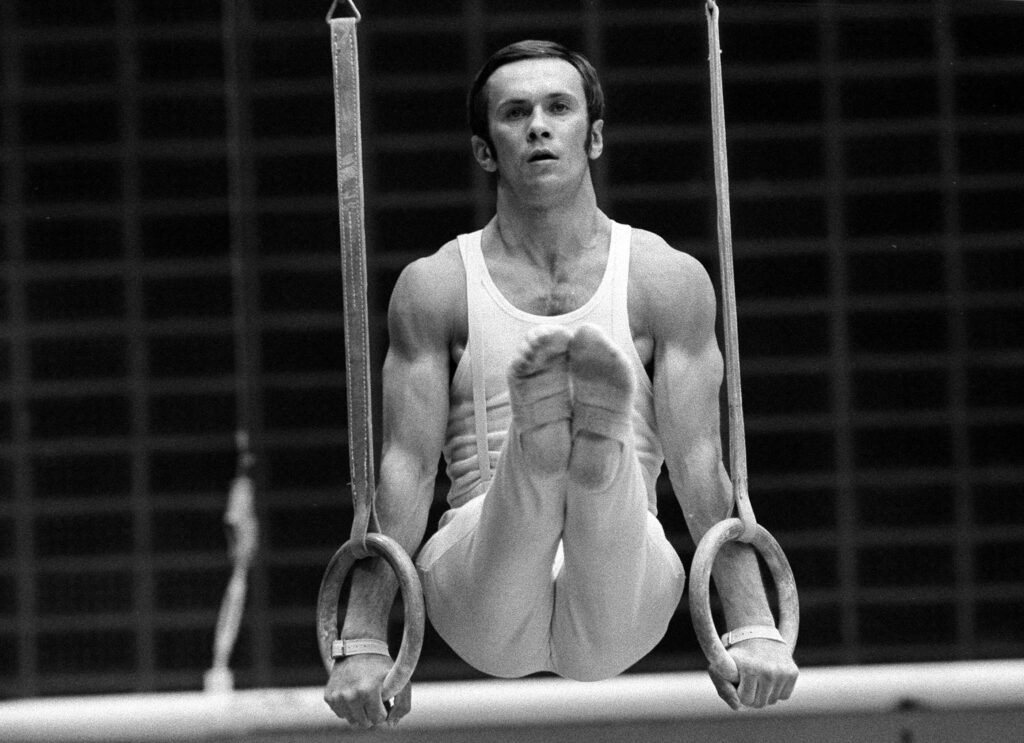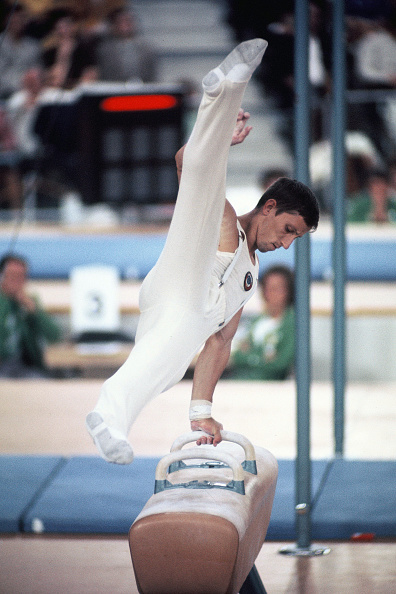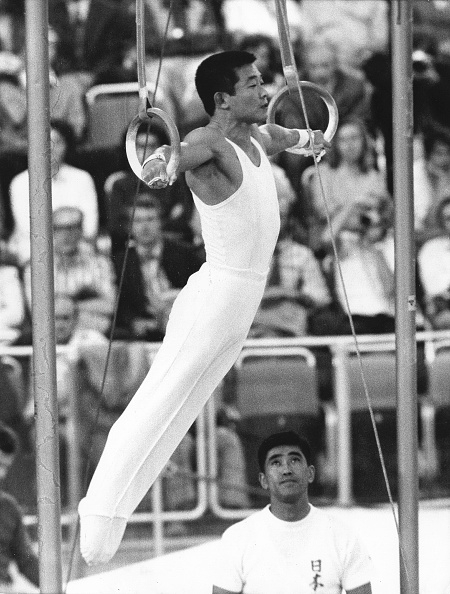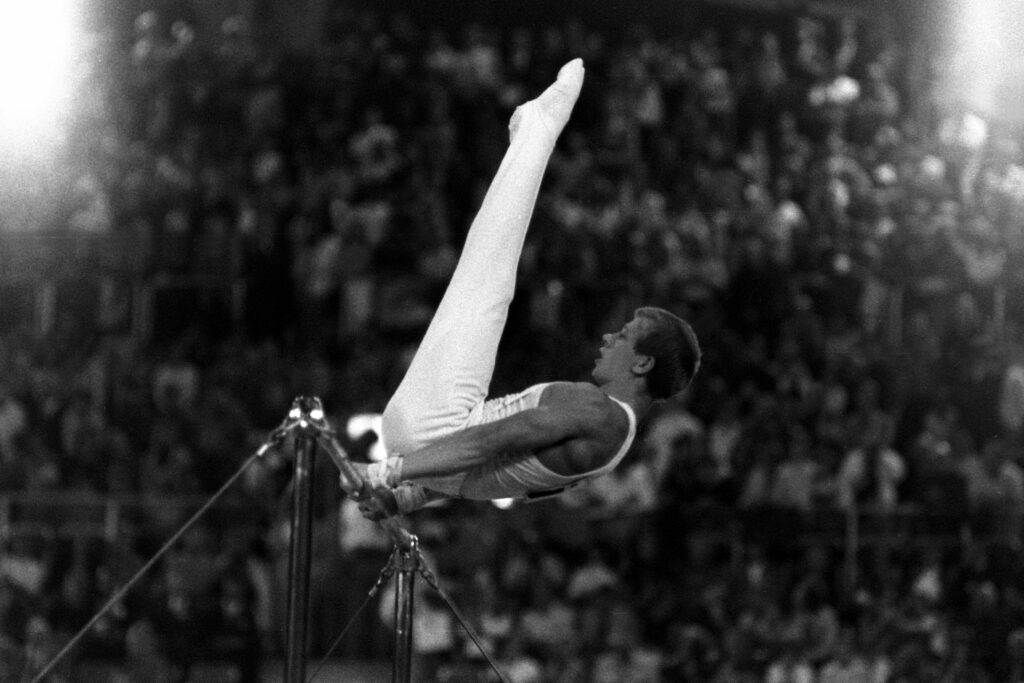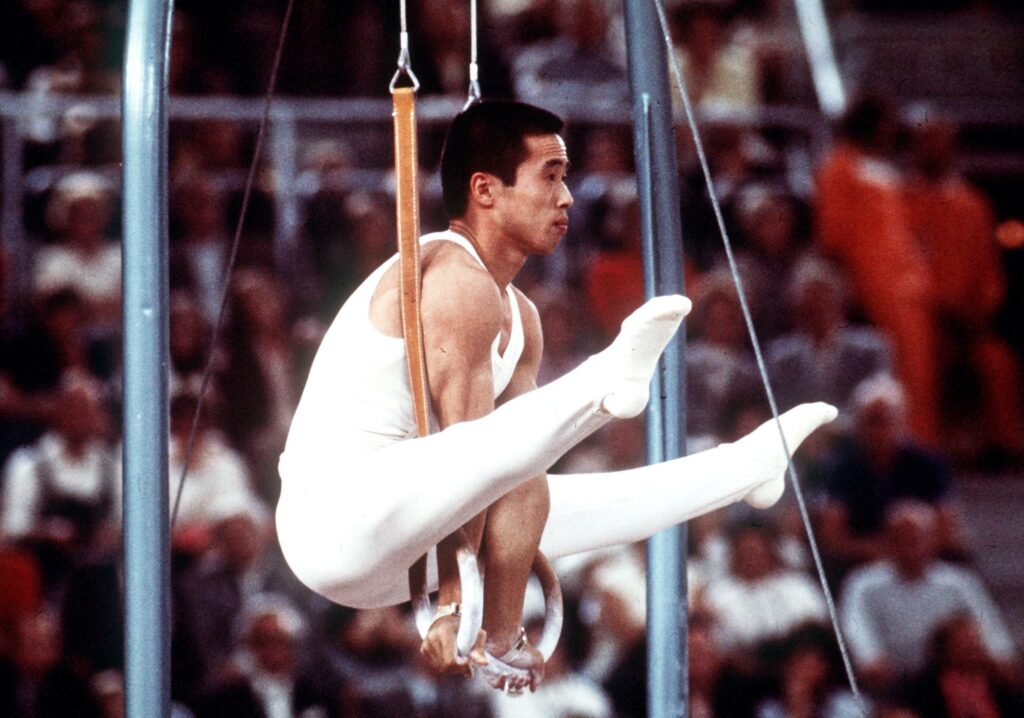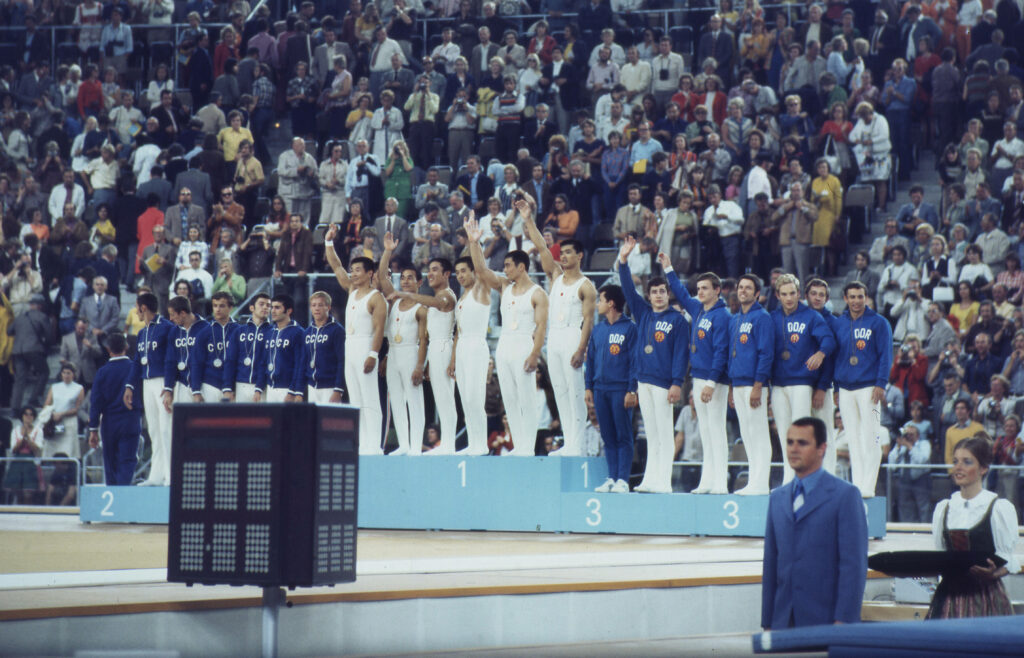The 1972 Chinese Nationals were the first major domestic competition after the Cultural Revolution. Launched in 1966 by Mao Zedong, the Great Proletarian Cultural Revolution — in very broad terms — set out to preserve Chinese communism by purging remnants of capitalism.
From a sports perspective, the revolution majorly impacted China’s national and international involvement. For starters, most of the national teams were disbanded. Gymnastics was an exception:
Apart from table tennis, gymnastics, and athletics teams, most national teams were disbanded.
Fong and Zhouxiang, “Sport in the Great Proletarian Cultural Revolution (1966–1976)”
What follows is a translation of an article about the national championships in 1972. Unfortunately, the scores were not listed, but we can see which gymnasts would form the core of Chinese gymnastics as they started to compete in more international competitions in the early 1970s.
Reminder: The Chinese gymnastics team traveled to Yugoslavia and Romania before it held its first official national championships in 1972.
Among the juniors, you might notice a familiar name: Li Yuejiu, who tied for gold on floor exercise at the 1981 World Championships and who currently coaches in the United States.
